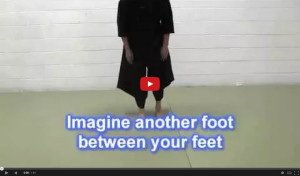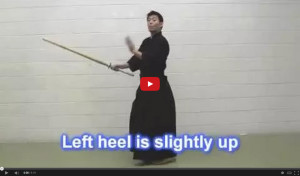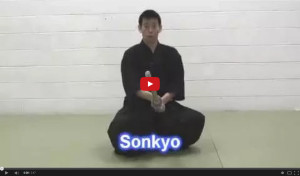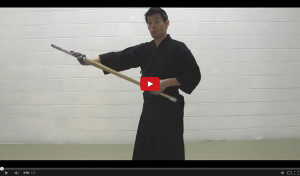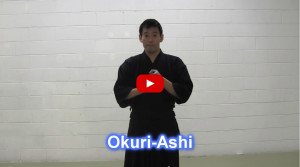 This kendo instructional video introduces the basic kendo footwork or ashisabaki.
This kendo instructional video introduces the basic kendo footwork or ashisabaki.
The ashisabaki or ashi-sabaki is performed by gliding our feet on the floor or what we call, suri-ashi. Now that is the first thing you must be able to accomplish.
By suri-ashi, there are 4 types of ashi-sabaki in kendo.
- okuri-ashi,
- tsugi-ashi,
- ayumi-ashi,
- hiraki-ashi.
The footwork is more important than learning how to cut in kendo. Find out why by watching the video.
Introduction of Kendo Footwork, Ashisabaki

